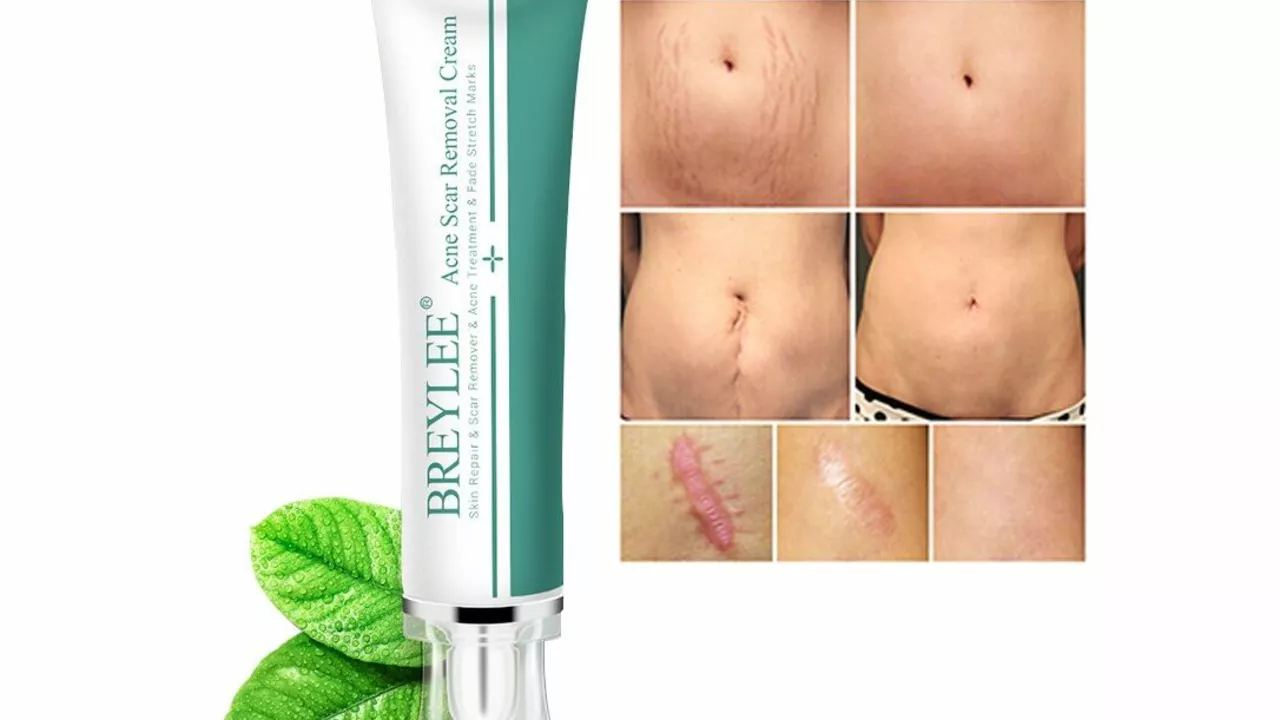Skin Care Tips You Can Use Right Now
Want skin that feels good and looks fresh without spending hours or a fortune? You’re in the right place. Below are easy steps you can add to any routine, plus product ideas that actually work.
Build a Basic Routine
The backbone of any skin plan is three moves: cleanse, moisturize, and protect. Choose a gentle cleanser that doesn’t strip your natural oils – think water‑based or mild foaming formulas. Wash with lukewarm water for about 30 seconds, then pat dry.
Next, lock in moisture. Pick a lightweight lotion if you have oily skin or a richer cream for dry patches. Look for ingredients like hyaluronic acid for hydration and ceramides to repair the barrier. Apply while your skin is still damp; that seals in water better.
Sunscreen is non‑negotiable, even on cloudy days. A broad‑spectrum SPF 30+ protects against UVB and UVA rays that cause early aging and dark spots. Spray or lotion? Use whatever feels comfortable – just make sure you cover your face, neck, and any exposed skin.
Targeted Add‑Ons
If you’re dealing with specific concerns, add one treatment at a time. For acne, a salicylic acid spot treatment can dry out blemishes without over‑drying surrounding skin. For fine lines, try a serum with vitamin C in the morning and retinol at night – but start slow to avoid irritation.
Exfoliation helps keep pores clear, but overdoing it leads to redness. Stick to a chemical exfoliant (like glycolic or lactic acid) once or twice a week, not a gritty scrub.
Don’t forget your lips and hands – they show age first. A balm with beeswax or shea butter keeps lips soft; a hand cream with urea tackles roughness.
Finally, listen to how your skin feels. If something burns, rinse it off and switch products. Consistency beats complexity: use the same few items daily, track results for a month, then adjust if needed. You’ll notice smoother, clearer skin without the guesswork.

Can ketoconazole be used for acne treatment?
In my journey to explore potential acne treatments, I stumbled upon ketoconazole, typically used as an antifungal medication. While it's not directly intended for acne treatment, some research suggests it may help by eliminating fungus that could potentially lead to skin issues. However, it's important to remember that acne is often caused by bacteria, not fungus. So, while ketoconazole might help in some specific cases, it isn't a universal acne solution. Always consult with a dermatologist before attempting new treatments.
Read More